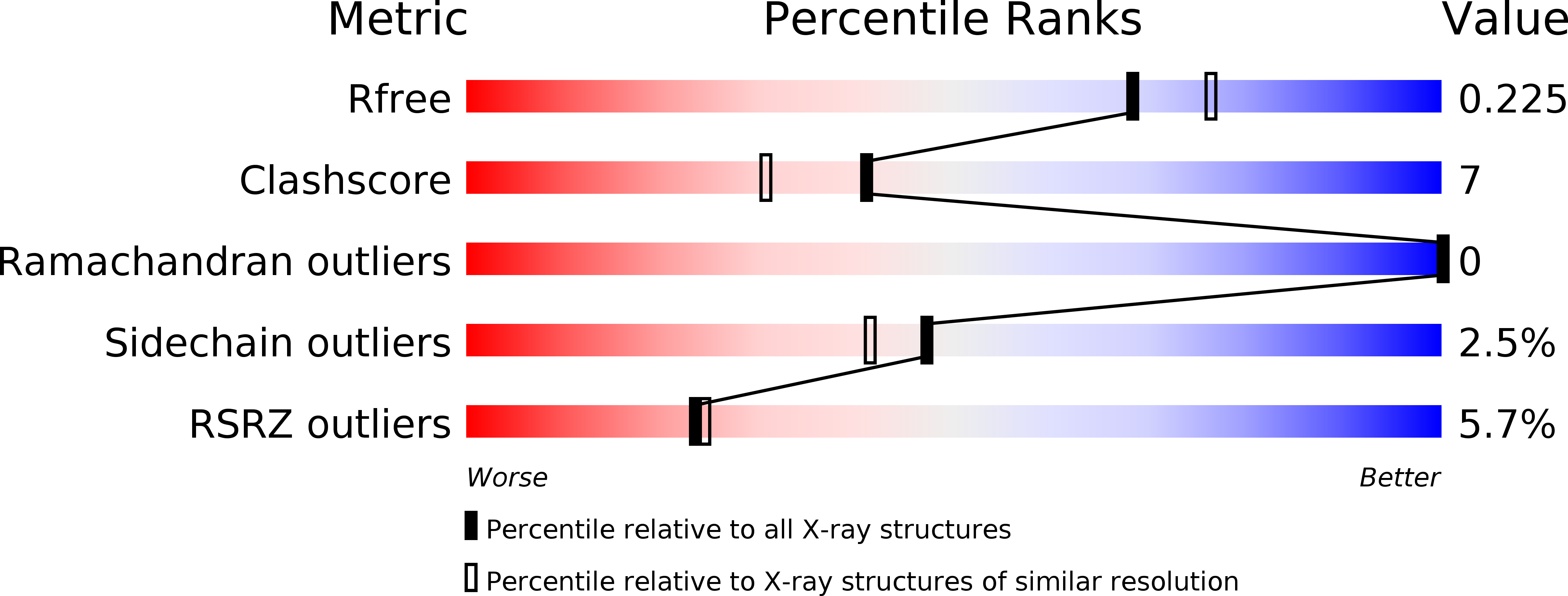
Deposition Date
2012-09-05
Release Date
2013-05-08
Last Version Date
2024-11-20
Entry Detail
PDB ID:
4GYC
Keywords:
Title:
Structure of the SRII(D75N mutant)/HtrII Complex in I212121 space group ("U" shape)
Biological Source:
Source Organism:
Natronomonas pharaonis (Taxon ID: 2257)
Host Organism:
Method Details:
Experimental Method:
Resolution:
2.05 Å
R-Value Free:
0.22
R-Value Work:
0.20
R-Value Observed:
0.20
Space Group:
I 21 21 21


